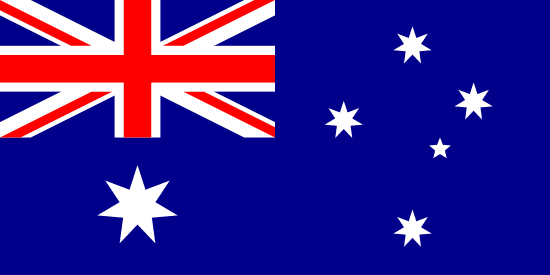"Give Me Brisbane Any Day | Give Me Brisbane Any Day"
About:
Brisbane, capital of Queensland, Australia, was founded in 1824 as a penal colony. It was named after the then New South Wales Governor, Sir Thomas Brisbane. The city developed rapidly after the 1842 free settlement. Brisbane's growth accelerated post-World War II, with significant immigration, particularly from Europe and Asia. Today, it's Australia's third-largest city, known for its vibrant urban precincts, outdoor lifestyle, friendly locals, and cultural diversity.
When to visit:
Brisbane, the capital of Queensland, Australia, offers a subtropical climate with warm temperatures and plenty of sunshine throughout the year. The best time to visit Brisbane for a holiday is during the autumn months of March to May when the weather is mild and pleasant, making it ideal for outdoor activities and exploring the city. This period also coincides with the end of the rainy season, reducing the chances of encountering heavy rainfall. Additionally, visiting during autumn allows travelers to experience popular events and festivals such as the Brisbane Festival and the Brisbane Comedy Festival.
When to avoid:
The worst time to travel to Brisbane, Australia on a holiday is during the summer months of December to February. This period is characterized by hot and humid weather, with temperatures often exceeding 30 degrees Celsius (86 degrees Fahrenheit). Additionally, this time of year coincides with the region's rainy season, leading to frequent thunderstorms and heavy rainfall. These weather conditions can impact outdoor activities and sightseeing, making it less enjoyable for tourists visiting Brisbane during this time.
"Winter (June–August)"
In Brisbane, the coldest and wettest period falls between June and August, marking the city's winter season. Temperatures average around 11-21°C with July being the coldest month. Rainfall is relatively high, with June being the wettest month averaging about 80mm. Despite the rain, Brisbane still enjoys an average of 7 hours of sunshine per day. Cloud cover is more prevalent, with a 30% increase compared to other seasons. An average day for a visitor might involve a light drizzle in the morning, followed by cool, cloudy afternoons. Layered clothing is recommended.
Summer (December–February)
In Brisbane, Australia, the warmest part of the year typically spans from November to March, which is the summer season. During this period, average daytime temperatures range from 25°C (77°F) to 30°C (86°F). However, heatwaves can occasionally push temperatures above 35°C (95°F).
Rainfall is most frequent in these months, with January and February being the wettest due to the influence of the monsoon in the northern part of Australia. Showers and thunderstorms are common, especially in the afternoons and evenings, but they are usually brief and followed by sunshine. The average monthly rainfall during this period is about 100-160mm.
Sunlight is abundant, with Brisbane getting an average of 8-9 hours of sunshine per day in the summer. However, the city can also experience periods of high humidity, typically around 65-70%, which can make the heat feel more intense.
Cloudiness varies, but generally, the sky is often clear in the morning, with clouds developing later in the day due to the heat and humidity. This can lead to spectacular sunset views.
For a visitor, a typical summer day in Brisbane would start with a warm, sunny morning, perfect for outdoor activities like visiting the beach or exploring the city. The heat and humidity would increase towards the afternoon, potentially leading to a brief but heavy shower or thunderstorm. The evening would then bring relief from the heat, offering a perfect opportunity to enjoy the city's vibrant nightlife.
Language:
In Brisbane, the most commonly spoken language is English, as it is the official language of Australia. However, due to its multicultural population, a variety of other languages are also spoken. These include Mandarin, Vietnamese, Spanish, Italian, and Greek. Additionally, there are also speakers of various indigenous Australian languages.




